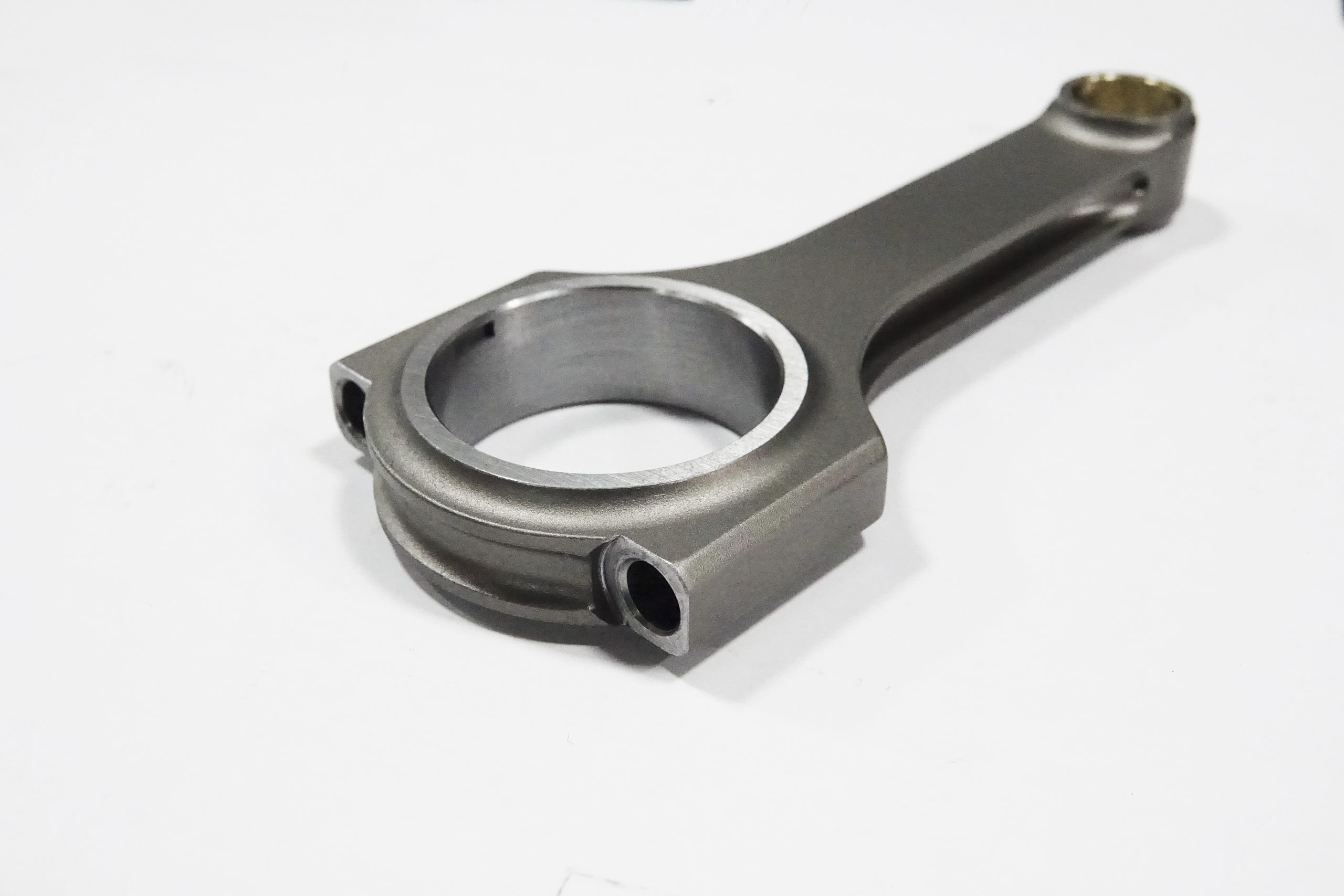Engine performance relies heavily on the quality and compatibility of its components, and one of the most critical parts is the connecting rod. In this article, we will delve into different connecting rod types and their unique properties. We will also explore how FeDa, a leading manufacturer of high-quality engine components, is revolutionizing the industry with their innovative forged connecting rods.
Why Connecting Rod Types Matter
Connecting rods play a crucial role in transferring motion from the piston to the crankshaft, transforming linear motion into rotary motion. As a result, selecting the right connecting rod type can significantly impact engine performance, reliability, and efficiency. There are several types of connecting rods available, each with its unique characteristics and applications.
Common Connecting Rod Types
- I-Beam Connecting Rods: These rods are named after their I-shaped cross-section, providing a balance between strength and weight. They are commonly used in standard engines and some performance applications. FeDa’s Forged Connecting Rod I-Beam-1: Engine Performance Redefined is an excellent example of an I-Beam connecting rod, offering improved strength and durability for automotive and motorcycle engines.
- H-Beam Connecting Rods: With an H-shaped cross-section, these rods provide increased rigidity and resistance to bending and twisting forces. They are ideal for high-performance and racing applications, where engines generate higher loads and stresses.
- Tapered Connecting Rods: These rods have a tapered design, allowing for a more even distribution of stress across the entire length of the rod. This design can result in reduced weight and improved fatigue resistance, making them suitable for high-performance applications.

Delving into the Manufacturing of Connecting Rods
The quality of a connecting rod greatly depends on the materials used and the manufacturing process. To learn more about connecting rod manufacturing, we recommend reading The Art of Precision: Delving into the Manufacturing of Connecting Rod for Peak Performance. This article provides valuable insights into the production of high-quality connecting rods and the factors that contribute to their superior performance.
Choosing the Right Connecting Rod Type
Selecting the appropriate connecting rod type for your engine is crucial for achieving optimal performance and reliability. It is essential to consider factors such as engine application, horsepower, and torque requirements when making your decision. By choosing a connecting rod from a reputable manufacturer like FeDa, you can ensure the best possible performance and longevity for your engine.
